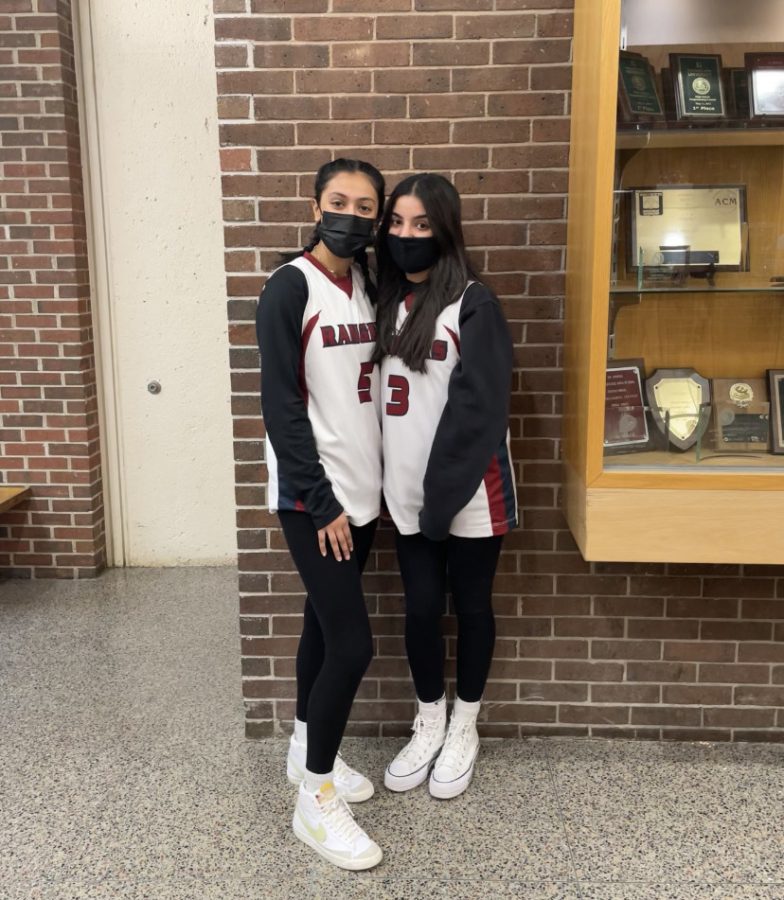Unpacking Stereotypes about South Asian Students
December 22, 2021
From 2000 to 2015 the number of South Asians in the United States grew from 2.2 million to 4.9 million people. Along with the increase in the number of South Asians, the descrimination surrounding us has grown exponentially.
“You’re different from others.” It’s saddening to say that many South Asians have probably heard this stereotypical statement. Whether it is unknowingly or intentionally using the word “other,” this language is so degrading. It makes you feel like you are inhuman.
Everyone comes from a unique background and culture and making a stereotype out of one’s identity, is not only immature but mean. For example the stereotype that all South Asians are smelly, because of the smell of their traditional food; not only is that mocking the person, but it is condescending to a culture.
Stereotypes form when someone takes a small fraction of a culture and makes assumptions of it without actually understanding the whole background.
“Aren’t you Indian?” There are brown people from Pakistan, Sri Lanka, etc.– not everyone who is brown and from South Asia is Indian.
Westborough is a fairly diverse community, despite this, the subtle racist actions we’ve faced cannot be denied. It becomes difficult because you don’t notice the racism at first, and try to convince yourself that maybe it’s something that you are doing wrong.
For example, the sports environment can be so toxic. Another stereotype is that South Asian kids only play certain sports like tennis and track. However, there is a variation of interest in every sport. And because people discriminate, this becomes a mental struggle to convince ourselves that we aren’t unskilled or irrelevant. As it is, it’s not normalized within our community to pursue a sport as a career.
During teenage years, everyone is trying to find their own identity and being comfortable with features and characteristics that make them unique. However, the constant degradation and judgement gets the best of everyone once and a while. The consistency of hate, whether it was meant to be unharmful or not, can sometimes become an obstacle for many to overcome.
One key aspect of the judgement includes: not fitting in–whether this is eating cultural food, wearing ethnic clothing, or having ‘weird’ features. It might not seem like a big deal at first to make a comment about such aspects; however, it can be interpreted in a negative manner. Being told that your lunch smells bad or is way too oily is something no one would want to hear.
Especially, if the food is something that defines one’s ethnical background.
As we grow up, a lot of time we find ourselves in the struggle of trying to figure out what style fits us the best and defines our personality. A lot of your identity gets taken away when you are told to dress ‘basic’ or forced to think that your ethnic clothing isn’t cool. Such comments only take a few seconds to damage one’s respect and love for their own heritage and cultural background. As a popular saying goes, “If it can’t be fixed in a second, don’t mention it.”
South Asians are known to have dark and thick hair on their body. This isn’t shameful nor disgusting. However, when one is told that they look dirty or when a girl is told that the arm hair makes her look like a man, it is disheartening. A lot of girls turn to laser or other harmful forms of hair removal at a young age due to the society’s comments upon their body hair. Not only is this harmful for their health, but it also initiates them to create a bad image in their head regarding their body.
The impact all of this has on people is beyond comprehensible, because we are constantly strandling between two different cultures. We dress “too basic” or “traditional” for each culture. Trying to fit in becomes this sole purpose, and it becomes mentally draining. The degrading comments just add to that torture.








anonymous • Dec 23, 2021 at 11:49 am
It is good to read about how you really feel and how the words and actions of some of us can really affect others. Even if there is no harm intended, there can be painful impacts.
Meredith • Dec 23, 2021 at 11:25 am
This was a wonderful article, it was very well done. You made some great points and included crucial information that is very important for everyone to know.
neena • Dec 22, 2021 at 12:54 pm
thank you so much for sharing this story, it really highlighted experiences that I and many people in the south Asian community have experienced.